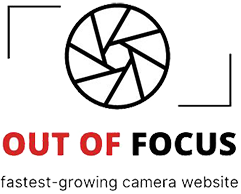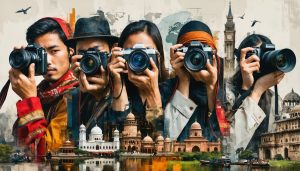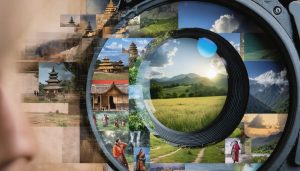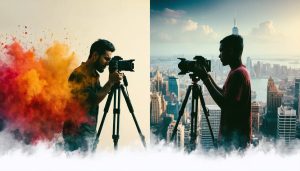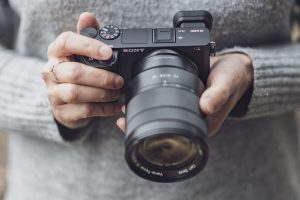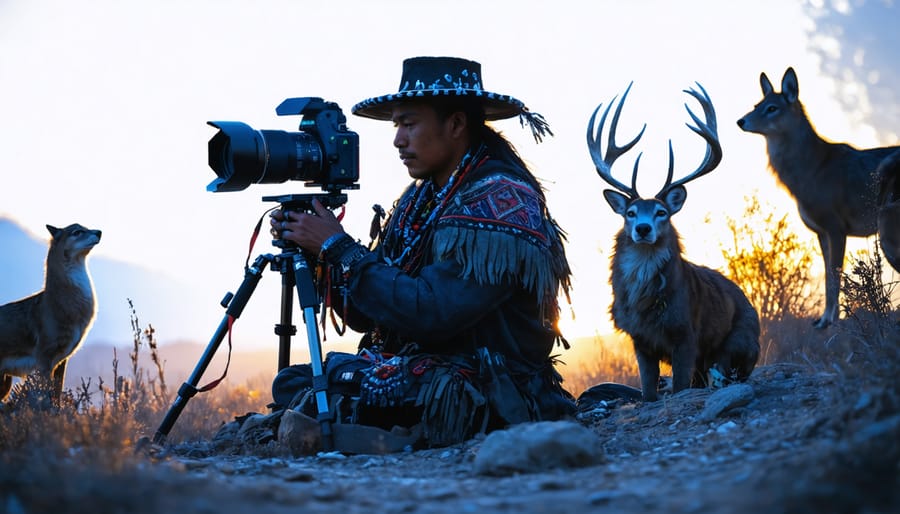
Contemporary indigenous art pulses with raw authenticity, seamlessly bridging ancestral traditions and modern expression through visual storytelling through photography, multimedia installations, and digital innovations. From Emily Carr’s profound influence on Canadian landscape interpretation to Kent Monkman’s bold reimagining of historical narratives, indigenous artists are revolutionizing the contemporary art scene while preserving their cultural heritage. These creators challenge conventional artistic boundaries by incorporating traditional motifs, sacred symbolism, and ancestral techniques into cutting-edge digital media and immersive experiences. Their work addresses urgent themes of cultural identity, environmental stewardship, and social justice, transforming ancient wisdom into powerful contemporary statements. As galleries and museums worldwide increasingly recognize indigenous perspectives, this dynamic art movement continues to reshape our understanding of modern creative expression, proving that traditional knowledge and contemporary innovation can coexist in groundbreaking ways. Through their distinctive visual language, indigenous artists invite viewers to explore complex narratives of survival, resilience, and cultural renaissance in the modern world.
Traditional Indigenous Visual Elements in Modern Photography
Sacred Symbols and Modern Composition
Contemporary indigenous photographers masterfully weave sacred symbols and traditional patterns into their modern compositions, creating powerful visual narratives that bridge ancestral wisdom with present-day storytelling. Through careful composition and thoughtful integration, these artists incorporate elements like circular motifs, spirit animals, and traditional geometric patterns while maintaining their sacred significance.
Many photographers achieve this fusion through multiple exposure techniques, overlaying traditional symbols onto contemporary scenes. For instance, Navajo photographer Will Wilson often incorporates traditional sand painting patterns into his portrait work, creating layered images that speak to both past and present. Others, like Cara Romero, utilize digital manipulation to seamlessly blend petroglyphs and sacred symbols into urban landscapes, challenging viewers to reconsider their relationship with indigenous culture in modern contexts.
The use of natural light plays a crucial role in this integration, with many photographers choosing specific times of day that hold cultural significance. Dawn and dusk, sacred times in many indigenous traditions, often provide the perfect lighting conditions to highlight these symbolic elements while creating atmospheric depth in the images.
Color also carries deep meaning, with artists carefully selecting palettes that reflect traditional significance. Earth tones, particularly those derived from natural pigments historically used in ceremonial art, are frequently incorporated to maintain authenticity while creating contemporary visual impact.
These thoughtful compositions ensure that sacred symbols retain their cultural integrity while speaking to modern audiences through the universal language of photography.

Color Philosophy and Cultural Significance
Color in indigenous art transcends mere aesthetic choices, carrying deep spiritual and cultural significance that contemporary indigenous photographers masterfully translate into their work. Traditional color symbolism varies significantly across different indigenous cultures, with each hue telling its own story of connection to land, spirits, and ancestral wisdom.
Many indigenous photographers incorporate these traditional color philosophies into their modern work through intentional color grading and composition. For example, earth tones often represent connection to country and land, while ochre reds and yellows frequently symbolize spiritual energy and ancestral presence. These meaningful color choices help bridge traditional storytelling with contemporary visual expression.
The application of indigenous color theory in modern photography often challenges Western color conventions. Where mainstream photography might emphasize contrasting colors for visual impact, indigenous photographers may choose colors based on their cultural significance, creating works that speak to both artistic merit and cultural preservation.
Digital post-processing techniques have opened new possibilities for indigenous artists to explore traditional color symbolism. Many photographers skillfully blend natural colors from their environments with digital enhancements to create images that honor traditional meaning while embracing contemporary artistic expression. This fusion of ancient color philosophy with modern technical capabilities has resulted in a distinctive aesthetic that continues to influence the broader photography community.
Technical Approaches and Equipment
Digital Tools Meeting Ancient Wisdom
In today’s digital age, indigenous artists are masterfully blending traditional storytelling with modern technology, creating powerful visual narratives that bridge generations. High-resolution mirrorless cameras, particularly models like the Sony A7R IV and Canon R5, have become invaluable tools for capturing the intricate details of traditional ceremonies and craftwork. These cameras’ advanced low-light capabilities prove essential when documenting indoor rituals or twilight celebrations without disrupting their sacred nature.
Many indigenous photographers are utilizing documentary photography techniques alongside traditional knowledge to create compelling visual stories. For instance, drone photography allows artists to capture sacred landscapes from perspectives that align with ancestral mapping traditions, while macro lenses reveal the minute details of traditional beadwork and textile patterns that might otherwise go unnoticed.
Digital post-processing tools are being thoughtfully integrated to enhance rather than alter indigenous narratives. Programs like Capture One and Adobe Lightroom help artists maintain the authenticity of traditional colors and textures while ensuring optimal image quality. Some artists are even incorporating augmented reality elements, allowing viewers to scan photographs with their smartphones to access additional layers of cultural context and oral histories, creating an interactive bridge between ancient wisdom and modern technology.
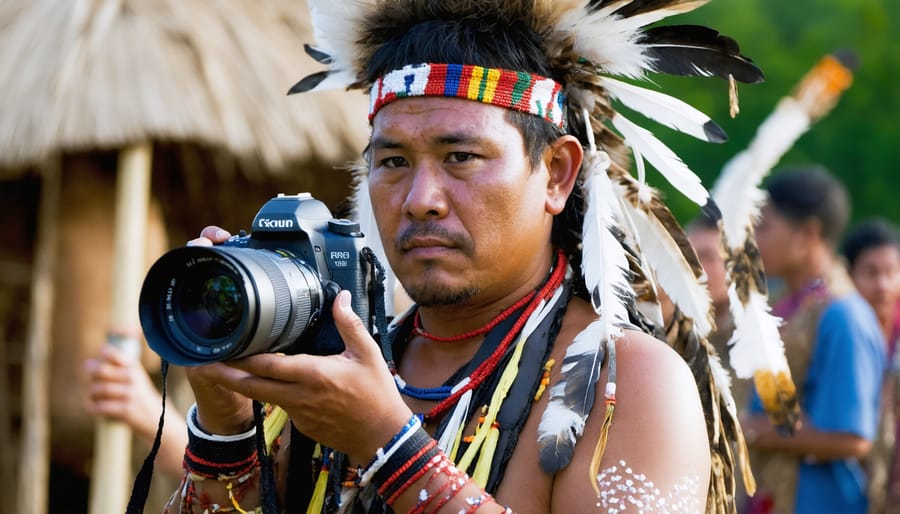
Post-Processing with Cultural Intent
Post-processing in contemporary indigenous art photography goes beyond mere aesthetic enhancement, serving as a powerful tool to amplify cultural narratives and traditional elements. Many indigenous photographers utilize selective color adjustment to emphasize significant cultural symbols, such as enhancing the rich reds of traditional face paint or the earthy tones of ceremonial grounds.
Techniques like dodging and burning are frequently employed to draw attention to sacred objects or highlight traditional patterns in textiles and artifacts. Some artists deliberately increase contrast in black and white conversions to emphasize the dramatic interplay between light and shadow in ceremonial spaces, while others use subtle vignetting to direct viewers’ focus toward central cultural elements.
Digital compositing has become particularly significant, allowing artists to layer historical imagery with contemporary photographs, creating powerful visual narratives that bridge past and present. Many indigenous photographers also experiment with texture overlays inspired by traditional materials like leather, bark, or woven textiles, adding depth and cultural context to their images.
Color grading often takes inspiration from natural pigments historically used in indigenous art, creating visual connections to traditional practices. Some artists deliberately apply film-like effects to evoke a sense of timelessness, while others embrace modern processing techniques to challenge conventional representations of indigenous culture, creating bold, contemporary interpretations that maintain cultural authenticity while pushing creative boundaries.
Influential Indigenous Photographers
Breaking New Ground
In recent years, indigenous photographers have emerged as powerful voices in contemporary art, breaking traditional boundaries while honoring their cultural heritage. Photographers like Cara Romero (Chemehuevi) have revolutionized the representation of Native American identity through striking digital compositions that blend ancestral storytelling with modern photographic techniques.
Pat Kane, a Dene photographer from Yellowknife, captures compelling visual narratives of life in Canada’s Northwest Territories, focusing on environmental issues and indigenous sovereignty. His documentary-style approach brings authenticity to contemporary indigenous experiences while challenging stereotypical representations.
Meryl McMaster, an artist of Plains Cree and European descent, creates otherworldly self-portraits that explore identity and ancestry. Her work often features elaborate costumes and props, merging performance art with photography to create dreamlike images that speak to both past and present.
Australian photographer Michael Cook (Bidjara) has gained international recognition for his digitally manipulated images that challenge colonial narratives. His series “Mother” and “Civilized” provide powerful commentary on historical misrepresentations of Aboriginal peoples while employing sophisticated post-production techniques.
These artists are joined by emerging talents like Kali Spitzer, whose intimate portraits of Indigenous peoples using historical wet plate collodion processes create a bridge between traditional and contemporary photography methods. Her work demonstrates how historical techniques can be reclaimed to tell modern stories.
The impact of these photographers extends beyond their individual achievements. They’ve opened doors for younger indigenous artists, established new platforms for cultural expression, and influenced the broader conversation about representation in photography. Their success has led to increased visibility in major galleries, museums, and international exhibitions, proving that indigenous perspectives are not just relevant but essential to contemporary art dialogue.
Through their lens, these photographers document, celebrate, and reimagine indigenous life, creating work that resonates with both traditional knowledge keepers and contemporary art audiences.
Contemporary Voices
Today’s indigenous photographers are redefining cultural photography through their unique perspectives and innovative approaches. Cara Romero, a Chemehuevi photographer, creates striking staged photographs that blend contemporary aesthetic with traditional storytelling, challenging stereotypes while celebrating indigenous identity. Her “Water Memory” series, in particular, showcases underwater photography that connects modern environmental concerns with ancestral water rights.
Pat Kane, from Yellowknife, documents life in Canada’s Northwest Territories through an authentic indigenous lens, focusing on the intersection of traditional practices and modern life. His work demonstrates how contemporary indigenous photographers can serve both as artists and cultural documentarians, preserving stories for future generations.
Emerging talent Josué Rivas has gained recognition for his powerful coverage of the Standing Rock protests, proving how indigenous photographers bring crucial insider perspectives to significant cultural moments. His work exemplifies the vital role of indigenous voices in photojournalism and advocacy through visual storytelling.
Australian photographer Barbara McGrady, a Gamilaroi/Gomeroi Murri Yinah woman, captures contemporary Aboriginal life with an emphasis on sports, political activism, and daily experiences. Her work challenges mainstream media representations while creating an authentic visual archive of modern indigenous life.
These photographers share a common thread: they’re not just creating images but preserving cultural heritage while pushing the boundaries of contemporary photography. They utilize modern technology and techniques while maintaining deep connections to their cultural traditions, creating work that resonates both within and beyond their communities. Their success has opened doors for emerging indigenous photographers and demonstrated the importance of authentic representation in visual arts.
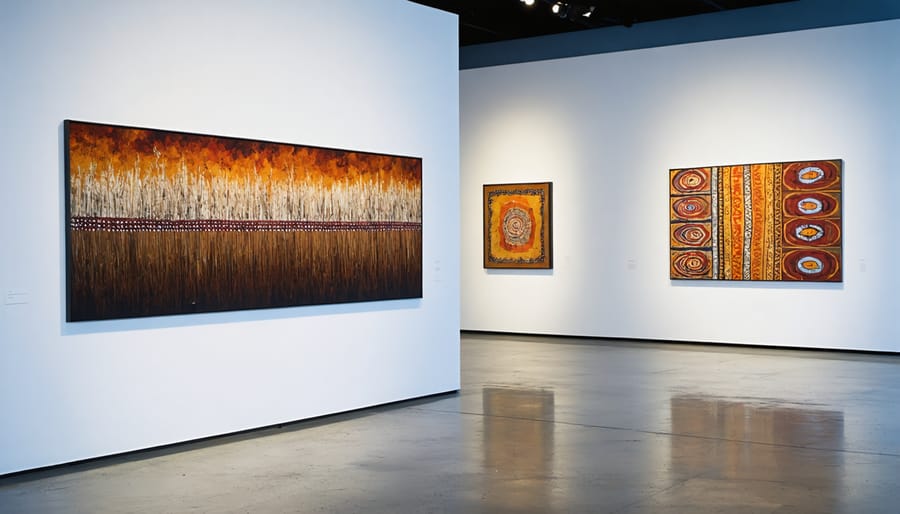
Future of Indigenous Photography
Indigenous photography is experiencing a transformative period, with emerging artists skillfully blending traditional storytelling methods with contemporary digital techniques. This fusion is creating powerful new narratives that challenge historical representations while capturing community narratives through an authentic lens.
Social media platforms and digital galleries have become vital spaces for indigenous photographers to share their work directly with global audiences, bypassing traditional gatekeepers. This democratization of distribution has led to increased visibility for indigenous perspectives and stories that were previously underrepresented in mainstream photography.
Technological innovations are enabling indigenous photographers to experiment with mixed media approaches, combining traditional elements with augmented reality and interactive installations. These hybrid forms help preserve cultural knowledge while making it accessible to younger generations in engaging, contemporary formats.
Environmental photography is emerging as a particularly significant focus, with indigenous photographers documenting climate change impacts on their ancestral lands and traditional ways of life. Their unique perspective offers valuable insights into environmental conservation and sustainable practices.
Looking ahead, we can expect to see more collaborative projects between indigenous and non-indigenous photographers, creating dialogue and understanding across cultures. The rise of indigenous-led photography education programs and mentorship initiatives is also fostering a new generation of storytellers who are both technically skilled and culturally grounded.
As technology continues to evolve, indigenous photographers are likely to remain at the forefront of innovative storytelling, using new tools while maintaining their cultural integrity and traditional values. This balance between heritage and innovation will continue to shape the future of photography as a whole.
Indigenous influence on contemporary photography has profoundly transformed the medium, creating a rich dialogue between traditional cultural perspectives and modern artistic expression. Through their unique viewpoints and storytelling traditions, indigenous photographers have challenged conventional Western approaches to image-making, introducing alternative ways of seeing and documenting the world around us.
This influence extends beyond mere aesthetic choices, reshaping how we think about representation, cultural preservation, and artistic authenticity in photography. Indigenous photographers have demonstrated that powerful imagery can serve both as art and as a tool for cultural reclamation, helping preserve traditional knowledge while pushing the boundaries of contemporary visual expression.
As we look to the future, the impact of indigenous perspectives on photography continues to grow, inspiring both indigenous and non-indigenous photographers to explore new narratives and ways of seeing. This cultural exchange has enriched the photographic medium, creating more inclusive and diverse visual storytelling that resonates across cultural boundaries. By embracing these influences, contemporary photography has become more nuanced, thoughtful, and representative of our global cultural heritage.
Through this ongoing dialogue, photography remains a powerful medium for cultural expression, understanding, and preservation, ensuring that indigenous voices and perspectives continue to shape the future of visual arts.
